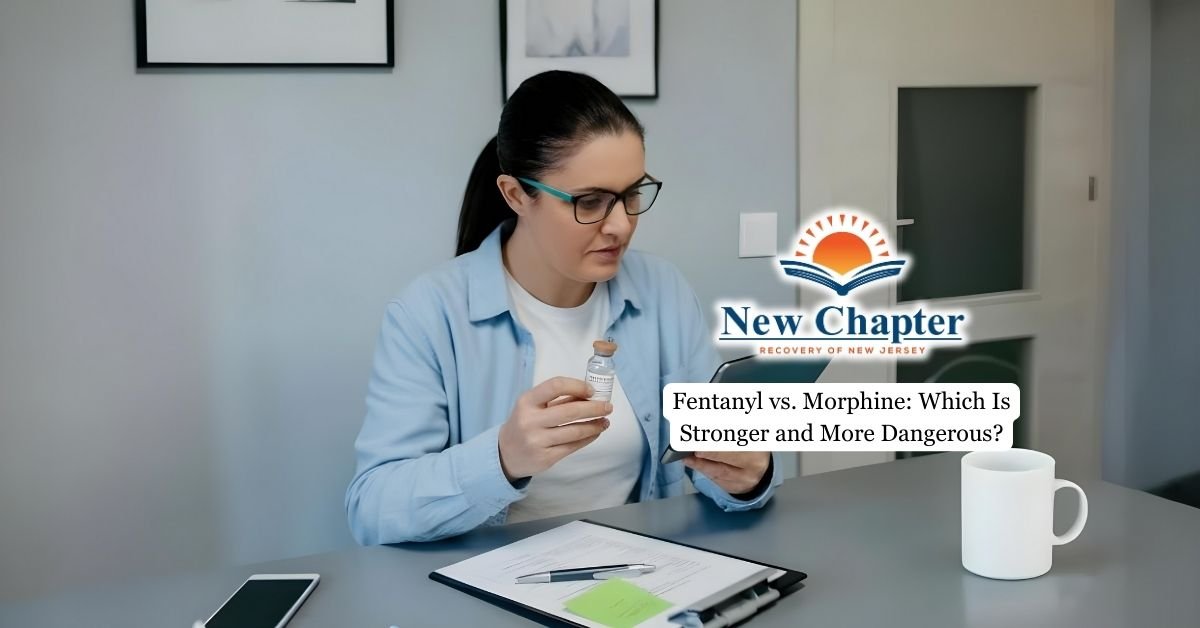Understanding the various types of drugs is essential for grasping their diverse effects on the human body and society. Drugs, generally speaking, are chemical substances that can modify the physiological or psychological state of an organism. They are utilized in both medical and non-medical settings, with classifications frequently based on their effects, chemical structure, or therapeutic use.
This article aims to delve into the different categories of drugs, emphasizing their characteristics and the implications of their use.

Depressants
Depressants slow down your central nervous system, reducing brain activity and bodily functions. Common depressants include alcohol, benzodiazepines, barbiturates, and opioids. While they can induce feelings of relaxation and sedation, they also have the potential to cause severe impairment, nausea, or even death at high doses, especially when combined with other central nervous system depressants.
Doctors may prescribe depressants to relieve pain, anxiety, or sleep disorders. However, these substances carry a significant risk of addiction and can lead to substance use disorders.
When you use depressants chronically, your body adapts to their presence, resulting in physical dependence. Consequently, if you stop taking the drug, you’ll experience withdrawal symptoms such as anxiety, seizures, and tremors.
If you suspect that you or someone you know is struggling with a substance use disorder involving depressants or other drugs, read more about our addiction treatment services that we offer and get in touch with us.
Stimulants
These substances kick your central nervous system into overdrive, leading to increased heart rate, elevated blood pressure, and a surge in alertness and energy levels. Stimulants include cocaine, amphetamines, methamphetamine, and prescription drugs like Adderall, which are often prescribed for attention-deficit hyperactivity disorder (ADHD).
In the short term, stimulant use can make you feel euphoric, energetic, and focused, but it can also trigger anxiety, paranoia, and sleeplessness. Over time, the risks of stimulant use add up, potentially causing heart problems, anxiety disorders, and addiction. Withdrawal symptoms can be tough when you try to quit.
Stimulants are often misused for recreational purposes, especially in social settings or when people want to boost their performance. This non-medical use increases the risk of developing a substance use disorder.
Find out what are some effective strategies to overcome cocaine cravings and break free from cocaine dependency.
Hallucinogens
These substances dramatically alter your perception, mood, and thoughts, often resulting in vivid hallucinations. Common hallucinogens include lysergic acid diethylamide (LSD), psilocybin from magic mushrooms, and mescaline from peyote cacti.
When you take hallucinogens, the effects on your brain and body can vary greatly depending on the dose and your individual reaction. You might experience euphoria and heightened sensory awareness, but also confusion, paranoia, and anxiety.
Frequent use of these types of drugs may cause persistent perceptual changes, known as Hallucinogen Persisting Perception Disorder (HPPD), which can involve flashbacks and visual disturbances long after taking the drug. Additionally, some hallucinogens have been associated with memory loss.
It’s crucial to recognize that hallucinogens are classified as Schedule I substances in many areas, indicating a high potential for abuse and no accepted medical use in treatment within those jurisdictions.

Opioids
Opioids are a powerful class of drugs that can provide immense relief for those struggling with severe pain, but they also carry a dark side that has led to a devastating epidemic.
You might be familiar with prescription pain relievers like morphine and oxycodone, which are opioids derived from the opium poppy. These drugs work by binding to specific receptors in your brain and body, reducing pain perception and inducing euphoria.
However, the relief comes at a cost, as opioids can quickly lead to physical dependence, causing withdrawal symptoms when you stop taking them. The risk of overdose is also significant, particularly when combining opioids with other depressants like alcohol. Respiratory failure and death also become real threats.
It’s crucial to understand that while opioids have legitimate medical uses, their misuse has led to a public health crisis, with millions of people in the U.S. struggling with addiction and overdose deaths on the rise.
Read more about how addictive are opioid substances like oxycodone and be aware of the potential risks.
Cannabinoids
As a type of drug, cannabinoids are chemical compounds found in the cannabis plant, with THC being the primary psychoactive component responsible for the “high” sensation.
Cannabinoids can be classified into different types: phytocannabinoids derived from the plant, endocannabinoids produced by the body, and synthetic cannabinoids made in labs.
When you use cannabinoids, they interact with your body’s endocannabinoid system, which regulates mood, memory, appetite, and pain. The effects can vary based on the person’s ability to tolerate the drug, often used for both medicinal and recreational purposes.
While cannabinoids can produce euphoria and altered perception, they may also lead to anxiety and impaired memory in some individuals. Long-term use has been linked to potential mental health issues, particularly in those predisposed to such conditions.
Check out what the symptoms of marijuana addiction are, in order to take the needed preventative measures in time.
Dissociatives
While cannabinoids alter your perception through the endocannabinoid system, dissociative drugs take this to another level by inhibiting pain perception and causing feelings of detachment from your environment. PCP, ketamine, and dextromethorphan are common examples of dissociative drugs, each with its own distinct effects and potential for misuse.
When you take dissociatives, you may experience hallucinations, confusion, and disruptions in your memory and cognitive function, which can vary greatly depending on the dosage and your individual response.
It’s important to note that long-term use of dissociative drugs can lead to persistent changes in your perception and cognitive impairment, as well as potential psychological issues like anxiety or depression.
Unlike other drug classes, the withdrawal symptoms from dissociative drugs remain largely unknown, highlighting the need for further research on their long-term effects and treatment options for addiction.
Inhalants
Inhalants are a unique class of drugs that encompass a wide range of easily accessible household products, such as glues, aerosol sprays, and gases. When inhaled, these substances can produce rapid intoxication and euphoria, making them particularly appealing to adolescents due to their low cost and availability. Common inhalants include nitrous oxide, spray paints, and paint thinners, which can lead to serious health risks when misused.
The short-term effects of inhalant use can be dangerous, causing dizziness, hallucinations, and a loss of coordination. Prolonged use may result in severe organ damage, cognitive impairments, and even brain damage.
Inhalant users may also experience withdrawal symptoms like nausea, irritability, and mood changes, indicating the potential for dependence and addiction.
Drug Classifications by Legal Definitions
Drugs are divided into legal categories based on factors like their potential for abuse, approved medical use, and overall safety.
The most tightly regulated substances are controlled substances, which are further classified into schedules (I-V) by the Drug Enforcement Administration (DEA). Schedule I drugs have no accepted medical use and a high potential for abuse, while those in Schedule V have accepted medical uses and lower abuse potential.
Prescription medications are another legal category, requiring a doctor’s approval for use and subject to regulations to ensure safe consumption. Misuse of prescription drugs can lead to dependency and legal consequences.
Over-the-counter drugs, while available without a prescription and generally considered safe when used as directed, can still pose health risks if misused or overused.
Final Thoughts from New Chapter Recovery
While some drugs have medical uses, all carry risks, particularly when misused or abused. It is essential to understand the potential consequences and to seek professional help if struggling with substance use disorders. At New Chapter Recovery, our mission is to help people break free from addiction’s grip. We provide compassionate, evidence-based treatment that’s customized to each individual’s specific needs. By combining clinical expertise with spiritual guidance, we offer a well-rounded approach to support you on your journey to recovery.






